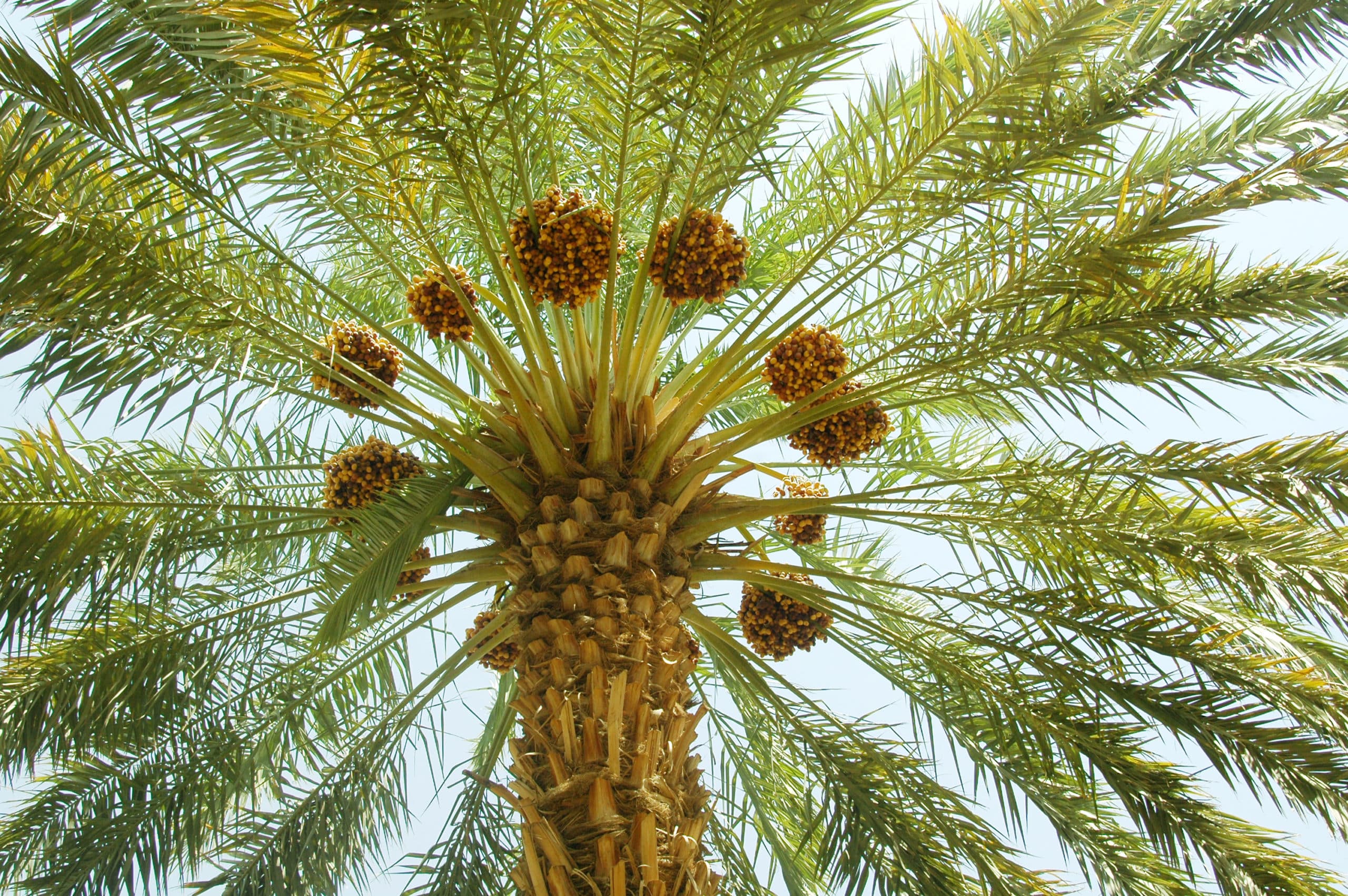This Pest is an Indicator of Distress in Trees
Stressed trees are at heightened risk of a red turpentinebeetle infestation. The red turpentine beetle is an invasive pest most commonly found in Monterey pines and ponderosa pines, and especially tends to attack trees that are already under stress. Signs of an infestation include needle discoloration, falling and stunted growth of the needles, and dead…









